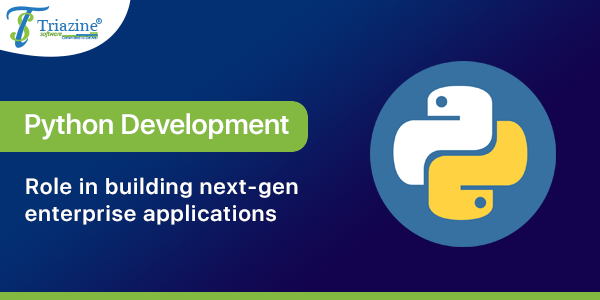The 7
key tenets of a digital transformation strategy

Since the pandemic, there has been a stark change in how enterprises communicate, operate, and plan for the future. Accelerated by its events, more and more enterprises are walking to the road towards digital transformation now that it has become more of a survival stint. However, the journey towards complete digital transformation is easier read about than actually being implemented.
The entire concept focuses on the why quotient of the question rather than the how part. It is why even when several enterprises want to achieve complete digital transformation, they are still in the blind on how to achieve this prospect. To complicate matters in the future, the ripening competition in the enterprise ecosystem has made it difficult for enterprises to think straight and follow a scalable and iterative approach.
Truth being, digital transformation is not just a concept, rather a sum of several leading-edge technologies and best practices. It is vital that enterprises approach this equation from several facets rather than looking at it as one big question. The best path towards success is one that relies on a strong foundation laid down by expert industry consultants and based on a collaborative partnership between teams and workforces. The lack of such an approach is why over 70% of digital transformation fails to achieve the desired KPIs or business goals.
This article talks about digital transformation, how it strategizes for it, and the key tenets of such an approach or model
What is digital transformation?
Digital transformation involves the implementation of modern technology to ignite a radical change within the organization. While technology forms a significant aspect of digital transformation, it isn’t the only factor. To achieve digital transformation and open the corridors of enterprise innovation, enterprise leaders need to rethink their business strategies and operations and implement procedures that drive continuous business growth. By introducing a digital transformation strategy to the entire length and breadth of your enterprise, leaders can expect an improvement in employee satisfaction, customer engagement, and business innovation.
Several leading enterprises have already started implementing digital transformation methodologies and have witnessed dramatic results. In fact, a report from McKinsey states that companies have spent over $2 trillion on digital technologies in 2020 and this number will only increase in the coming years.
In the current competitive climate, it is required from businesses to launch novel digital initiatives, offer exceptional and personalized experiences to their customers, clients, and employees, and boost revenue margins.
The significant drivers of digital transformation
A successful digital transformation commences with a well-defined strategy that prioritizes initiatives, set goals, and identifies the key tenets for business success. When done right, digital transformation solutions offer a plethora of benefits that transition your business from a legacy system towards modern and future relevant. Regardless of the industrial genre or type, the following are a few key areas that businesses must focus on. These include:
Customer experience:The successful stride of every business is heavily dependent on customer experience being its significant driver. If your customers are not satisfied with a product or service, they not only stop indulging with them but also run towards your competitors. This way, your loss leads your competition’s gain, which only harms your business reputation and success. Therefore, by leveraging modern technologies, businesses can boost customer experience, loyalty, and retention rates.
Employee performance:We are on the cusp of a digital boom where traditional means of operations would completely turn obsolete and enterprises investing on such monolithic systems would soon cease to exist. While several organizations focus on improving customer experiences, they forget employee experiences to be a critical aspect of the strategy as well. Looking into your operations and empowering your teams about modern digital technologies and tools is one way you can ensure your transformation success. Such initiatives improve employee satisfaction, assist with skill advancement, boost employee performance, and allows for seamless work collaboration. Providing enablement training on tools to your employees to facilitate communication, collaboration, and connecting enhances business productivity.
Data analytics:A key focus area for enterprises approaching digital transformation is understanding operations and analyzing if the current product/services offer superior customer experiences. This is where data can help you gain valuable insights into business objectives, products, and services. It involves collecting data from all brand-customer interaction points, analyze this information, derive insights, and employ them to build smarter solutions and boost business decision-making.
Gain a competitive advantage:Businesses who rely on legacy systems and outdated technologies invest a significant portion of their revenue on running and maintaining such models and risk losing competitive advantage. Customer expectations are highly dynamic these days, which is why businesses need to look for better solutions and services that fulfill demands. With digital transformation, you can keep your existing customers happy, grow your customer base, boost operational efficiency, and explore new business opportunities.
How to build a scalable and agile digital transformation strategy?
Now that you know what digital transformation can do for your business, the next puzzle is, how to build a successful strategy for the same? The possibilities around digital technologies and the surrounding competitive pressure has made it tedious for enterprises to contemplate on it as much as they should. However, enterprises need to understand not to rush towards it and focus on laying a strong foundation for success.
Here are 7 points on how you can achieve this prospect:

Step 1: Tell a compelling story
First, you need to write down what you wish to achieve from digital transformation. You need to know what it means for your business. Instead of throwing terms like cloud, machine learning, and legacy modernization, you need to know how it works. Of course, employee training and adoption forms a key discussion over here. Highlight both the benefits and challenges for a winning digital transformation strategy.
Step 2: Align your transformation with your business goals
A critical aspect of digital transformation is that it should well merge with your business objectives. If it feels out of the place, then you can never practice it for long. Alignment is important for any successful transformation, and it must be supported throughout the enterprise- from key stakeholders to employees. The executive board needs to be educated about the right strategy, whereby the old, traditional processes will be replaced by the new ones. Of course, you need to mitigate the risks and fear of this substitutional effect. Remember that transformation is not only driven by IT but must be fully aligned with an organization’s goals, objectives, vision, mission, and future considerations.
Step 3: Run pilot tests
Bringing all your key stakeholders and employees together where they can all learn and understand the changes being made is highly critical. It is imperative that before you deploy any major technology, you learn all about it to anticipate how things are and they work. Be realistic and set up checkpoints to ensure seamless adoption and transparency. This will help prepare your stakeholders for the journey and provide insights to your employees on the changes being made. All in all, it will bring your teams and partners together, learning how to implement effectively and successfully.
Step 4: Identify the skills you need in IT
With this new enterprise system in the picture, you need to brainstorm around the people you would need to support these models, the skill sets they must possess or develop, and their capabilities and competencies. Of course, you would need data scientist, developers, consultants, managers, and so forth. And then, you must augment the skills of your current workforce via enablement training sessions and similar courses. This also boost employee performance and satisfaction, making their competent enough for the cut-throat competition outside.
Step 5: Make experimenting with transformation easy
The digital products and services you add to your portfolio must boost your business value and be relevant to the industry. Enterprises must set up parameters and rules around digital transformation strategy. This must include continually hypothesis testing, gaining actionable insights, and discard procedures that do not seem to fulfill your long-term business goals. The key to achieve this is:
- Link business innovation to a bigger picture
- Make experimentation easy for employees
- Share roles and responsibilities with everyone involved in this business innovation
Step 6: Don’t forget risk management
When you talk around digital transformation, you must redo your traditional IT concepts of risk management and controls. Undeniably, digital transformation is changing the enterprise ecosystem, challenging the status quo, and developing and scaling new technologies while bridging the gap between modern tools and operational implementation. It is why industry leaders need to spent time designing a revamped risk management methodology centered around the digital transformation effort. When you master that, you are on your way towards a successful transformation program.
Step 7: Prepare for the change
As mentioned before, digital transformation is a collective sum of all several steps and technologies, which is not one step that’ll define your digital transformation success. Industry leaders need to carefully orchestrate their organizational capabilities in lieu of their transformation vision. When executing different steps, you need to follow an incremental and radical transformation plan to ensure your transition from start-up to scale-up phase.
Leading the way towards digital transformation
In today’s digital urgency age, the only way an enterprise can survive and thrive is if they embrace this change. Digital transformation is less about technology and more about aligning it with your business goals. In true sense, it helps you bring together people, processes, and data, which is why you cannot expect overnight results. You need to invest time and resources into building a strategic roadmap, start with transforming your key areas, boost business innovation efforts.
Featured Articles
Latest Articles

How UI/UX Plays an Important Role in App Development
How many times have you opened an app and thought the button was misplayed, the design team could have chosen better col .. Read More
By Vikash Srivastava | Apr 20, 2023

How is UiPath automating cybersecurity operations?
State of the CIO Study 2022 reports that over 51% CIOs have commenced focussing their time and expertise on security man .. Read More
By Abhinav Kumar | Aug 02, 2022
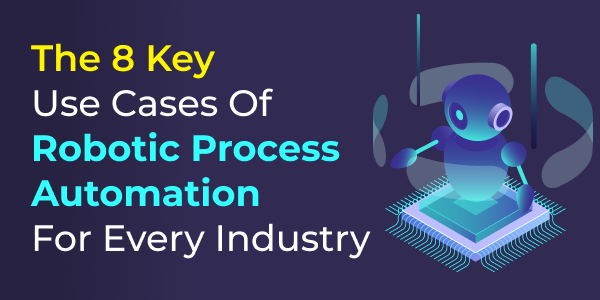
The 8 key use cases of Robotic Process Automation for every industry
The modern-day enterprise market is driven by evolution and innovation. Everything that can boost your team’s producti .. Read More
By Abhinav Kumar | May 25, 2022
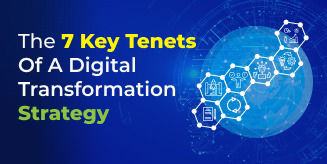
The 7 key tenets of a digital transformation strategy
Since the pandemic, there has been a stark change in how enterprises communicate, operate, and plan for the future. Acce .. Read More
By Abhinav Kumar | Mar 21, 2022
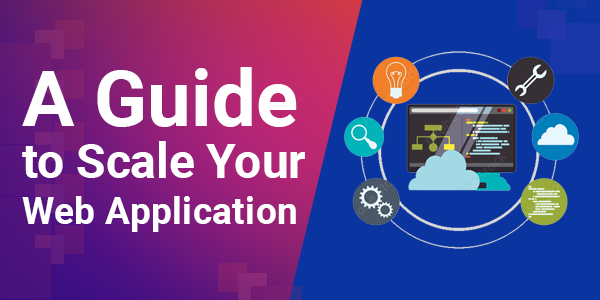
How to Build Effective and Scalable Web Applications – The Best Practices
A big part of any web application development is its capacity to scale in the later growth stages. Irrespective of the p .. Read More
By Vikash Srivastava | Oct 22, 2021
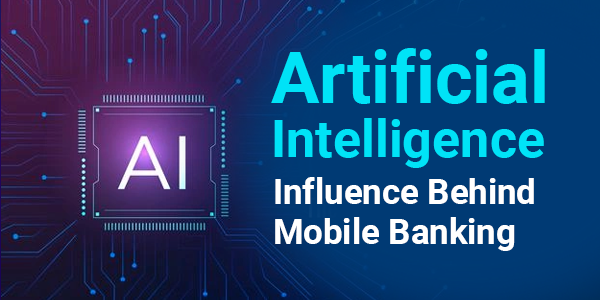
How Artificial Intelligence in Mobile Banking is a Game-Changer?
Let’s start this discussion with a simple question, how many of you still stand in queues outside banks just to get ge .. Read More
By Abhinav Kumar | Oct 14, 2021

Utility mobile application development role in the digital transformation
What is utility mobile application development and why it matters?At this point, mobile applications have become an inal .. Read More
By Vikash Srivastava | Oct 11, 2021

How to build a successful and agile offshore development team?
As a global trend, outsourced software development holds a market size of $92.5 billion, and a significant chunk of .. Read More
By Abhinav Kumar | Sep 30, 2021
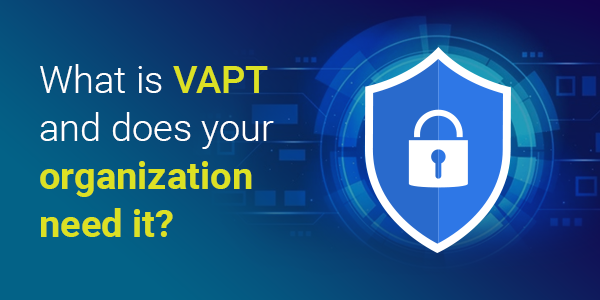
What is VAPT and does your organization need it?
What is VAPT and does your organization need it? To no one's wonder, there is a flood of applications and softwar .. Read More
By Vikash Srivastava | Sep 08, 2021

The top 11 FinTech trends to achieve digital transformation
The top 11 FinTech trends to achieve digital transformation Similar to other industrial verticals heavily impacte .. Read More
By Abhinav Kumar | Sep 08, 2021
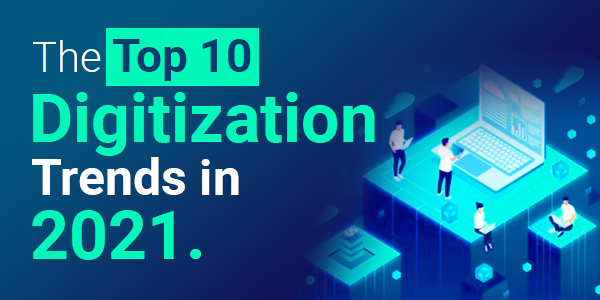
The Next Normal: The Top 10 digitization trends for enterprises in 2021 and beyond
The Next Normal: The Top 10 digitization trends for enterprises in 2021 and beyond Nobody knew where 2020 and 202 .. Read More
By | Sep 07, 2021
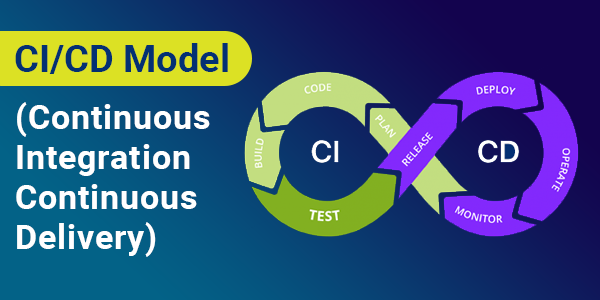
CI/CD Model: what and why it matters in software development
CI/CD Model: what and why it matters in software development There was a time when software development wa .. Read More
By Vikash Srivastava | Jun 08, 2021

What Is Legacy Migration and Why to Consider It
What Is Legacy Migration and Why to Consider It? Software technologies and applications are on the road to an ine .. Read More
By | May 25, 2021

What Makes CMMI Appraisal Necessary for Software Development Companies ?
What Makes CMMI Appraisal Necessary for Software Development Companies? During software development, your product .. Read More
By Abhinav Kumar | May 10, 2021
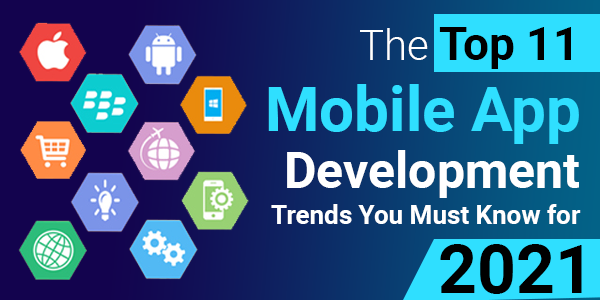
The Top 11 Mobile App Development Trends You Must Know for 2021
The Top 11 Mobile App Development Trends You Must Know for 2021 We all have so many expectations from 2021, don� .. Read More
By Vikash Srivastava | May 04, 2021

2- Why to choose react native for mobile app development project?
React Native for mobile app development: Is it the right choice? For the 21st century, mobile phones are like sou .. Read More
By Abhinav Kumar | May 04, 2021

How Digital Transformation Impacts Software Development Services
Digital Transformation and its impact on Software Development Lifecycle Today's industrial landscape ta .. Read More
By | May 03, 2021

What is the right price for developing a mobile app?
What is the price to develop an iPhone app? Or rather, how much does mobile app development cost? Well, Kudos to you bec .. Read More
By | Apr 07, 2021

Should I use Flutter for my next Mobile App Development project?
So, what was the mobile app development story before Flutter? Let's consider mobile application develo .. Read More
By | Mar 17, 2021

Is there any right pricing strategy for mobile app development?
No phrase can appropriately describe the accelerating mobile app development market! Definitely, it is on a consistent b .. Read More
By Abhinav Kumar | Feb 22, 2021

Mobile App Development: Freelancer or a Software Development Company
So, you’ve decided to build software, and now you’re faced with the debatable and inevitable question: software dev .. Read More
By | Jan 21, 2021

Hybrid Mobile App Vs. Native Mobile App… Am I Making A Right Choice?
This seems to be a million-dollar question when it comes for making a choice between hybrid mobile app or native mobile .. Read More
By Vikash Srivastava | Jan 11, 2021

5 trends that will be influencing mobile app development in 2019
We live in a smartphone-driven world and mobile apps are now an integral part of our lives. From day-to-day commute to g .. Read More
By Abhinav Kumar | Jun 11, 2019
